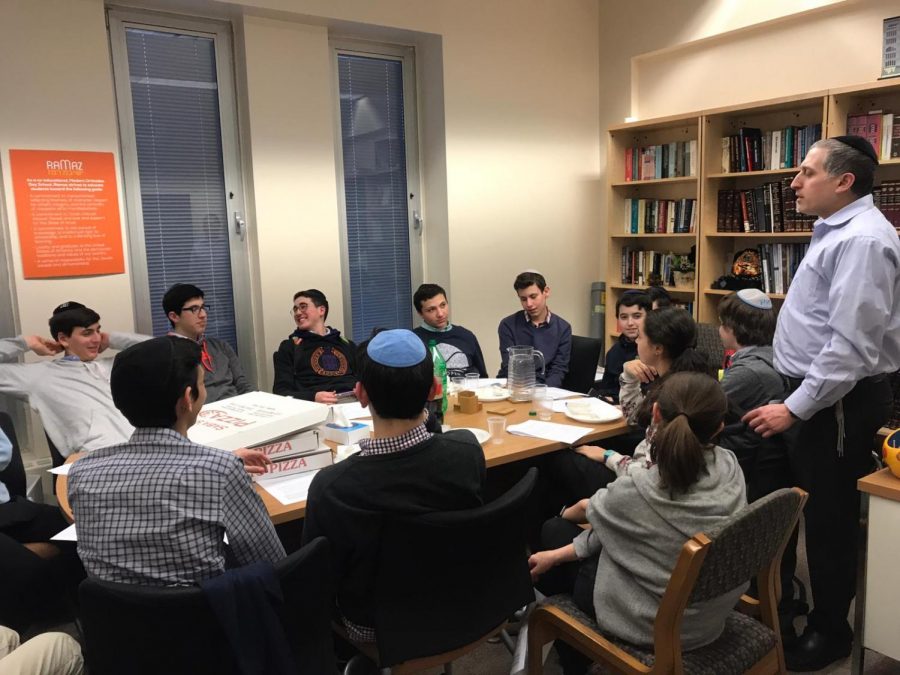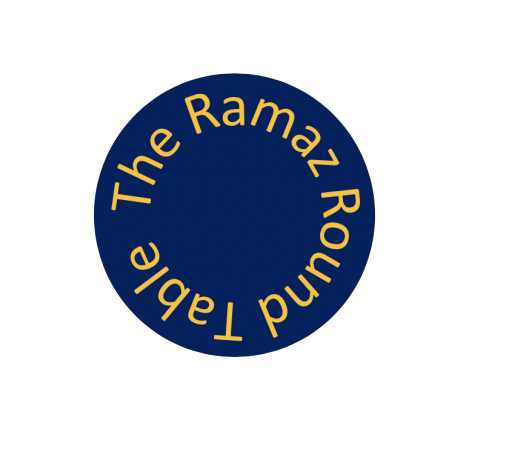Talmud vs. Tanakh: Why Do We Have So Many Talmud Classes?
If you ask a Ramaz student, “What’s valued more at Ramaz: Talmud or Tanakh?” they would probably say Talmud. From freshman through senior years, Ramaz students could experience up to nine periods of Talmud a week and, most definitely, nine periods of Talmud per rotation. While walking through the halls of school, you can almost always see students at any given time carrying a Talmud for their previous or next classes. Talmud class is appreciated because it enables students to examine Jewish texts critically and leads them to think, understand, and relate different areas of Judaism and secular classes. However, Tanakh class is also another gateway to develop those same skills.
Why do we have so many Talmud classes? According to an online source, the answer to this question is fairly simple: in order to learn Tanakh properly, we need the commentaries and Rabinnic guidance of the Talmud. However, despite this answer, many Tanakh classes at Ramaz are taught without Talmud. It seems to me that Talmud and Tanakh at Ramaz are both strong subjects, yet there is little connection made between the two courses. Although this answer seems promising for Jewish education in general, I am sure that Tanakh class can be taught without the Talmud’s commentaries and guidance, as is done throughout the Ramaz high school education. Although Talmud is essential for developing a critical thinking Jewish mind, Tanakh is also an important subject in Jewish learning and should be emphasized at Ramaz.
It is also frustrating to me that Tanakh class is referred to as “Bibs” because it sounds derogatory. Tanakh is the foundation of our religion’s core beliefs. In my opinion, it should be taught more frequently. Talmud may seem more important to Ramaz students because it meets more frequently, but they should recognize that Tanakh is still a significant class as well.
While I do think that there is too much of an emphasis on Talmud education throughout the Ramaz Judaic Studies curriculum, if there is no action taken to increase the value placed on Tanakh education, then there must be an effort by the faculty to teach an interdisciplinary Tanakh-Talmud curriculum. Additionally, I believe this would help students gain a greater appreciation for Tanakh as a whole and treat Tanakh classes with the respect they deserve.





Eve Mitchell • May 12, 2021 at 11:53 am
I love that you mentioned that a Talmud class is helpful because it allows people to read Jewish text critically. My husband’s family is Jewish and they love studying the Talmud.